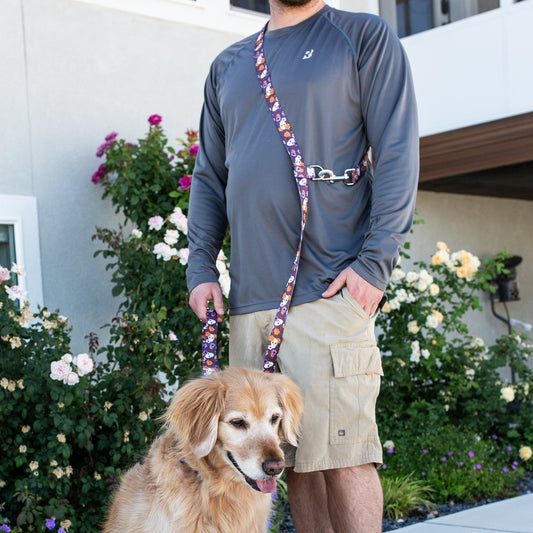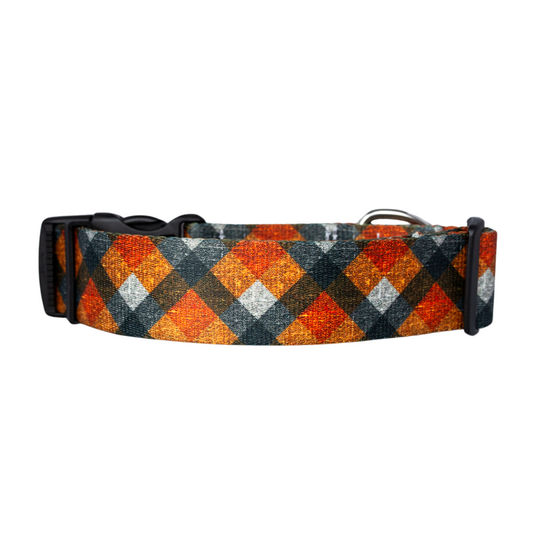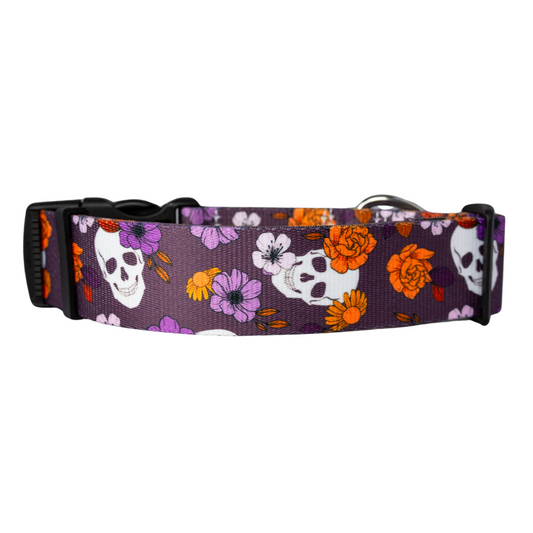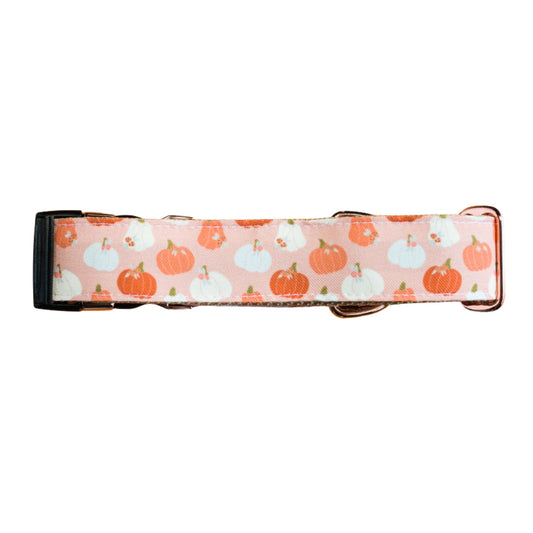Don't Risk Your Dog's Life With Blue Algae: A Must Know Guide For All Dog Parents
Hey there, fellow dog lovers! We know how much you cherish your four-legged pals, and their safety is always a top priority. That's why we want to shed light on an important topic: the potential dangers of blue algae for our beloved dogs. In this blog post, we'll explore what you need to know about blue algae and how you can keep your furry companions safe during your outdoor adventures.
Getting to Know Blue Algae:
You may have heard about blue algae, but do you know what it really is? Blue algae, also called cyanobacteria, are tiny organisms that can be found in freshwater lakes, ponds, and even some marine environments. While they're a natural part of aquatic ecosystems, some types of blue algae can produce toxins that are harmful to dogs (and humans too!).
Spotting the Signs:
It's important to be able to recognize the signs of blue algae poisoning in our furry friends. Watch out for symptoms like excessive drooling, vomiting, diarrhea, difficulty breathing, seizures, and even liver failure. If you notice any of these signs after your dog has been in contact with water, it's essential to seek immediate veterinary attention.
Protecting Your Pup:
- Prevention is always better than cure, right? Here are some friendly tips to keep your dog safe from blue algae:
- Avoid letting your furry friend swim or drink from water bodies with visible signs of blue-green algae blooms, like a greenish or bluish hue on the water's surface.
- Stay in the loop about local water conditions by checking with your local authorities or environmental agencies.
- Ensure your dog always has access to fresh and clean drinking water during your outdoor escapades.
- After swimming in natural water bodies, give your pup a good rinse with clean water to wash away any potential toxins.
- Be sure to monitor your dogs so that they are not consuming too much water. Read about Water toxicity to dogs
- You can purchase blue algae testing kits online and test the water you are unsure of. *Link to purchase
- Check with your local state to see if they have tested the bodies of water. For Utah residents, you can check before you go on the Utah Water Quality website
Acting in an Emergency:
If you suspect your dog has come into contact with blue algae, take immediate action:
- Get your furry friend out of the water and discourage them from licking their fur.
- Rinse your pup thoroughly with clean water, making sure they don't swallow any contaminated water.
- Reach out to your veterinarian or the nearest emergency veterinary clinic right away for guidance. Make sure to share your concerns so they can provide the best assistance.
We hope this friendly guide has given you valuable insights into the risks of blue algae for our furry companions. By staying informed, taking preventive measures, and acting swiftly in case of exposure, we can keep our dogs safe during their adventures. Remember, your pup's well-being is our shared responsibility, so let's continue to be vigilant and enjoy our outdoor explorations together!
Disclaimer: Our blog post is meant to provide friendly information and should not be considered a substitute for professional veterinary advice. If you have any concerns or questions about your dog's health, please consult a qualified veterinarian who knows your pet's individual needs.
*Please note that some of the links on this page are affiliate links, which means that we may earn a commission if you make a purchase through those links. This is at no additional cost to you. We only recommend products and services that we have personally used and trust. Your support by purchasing through these links helps us continue to provide helpful content. Thank you!




